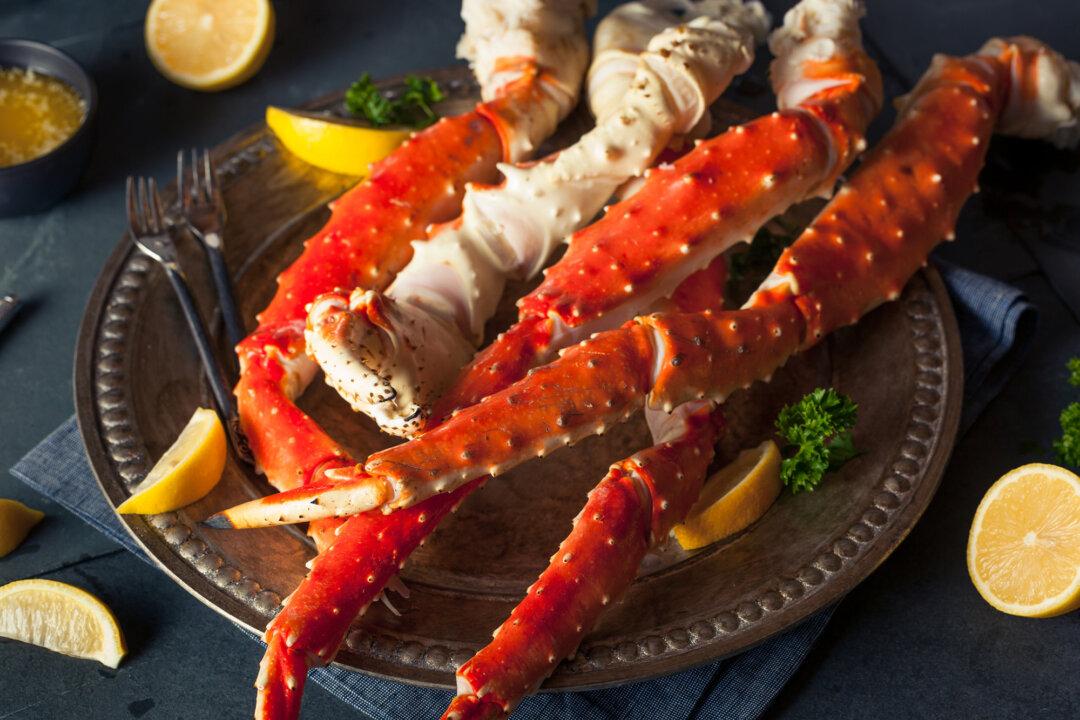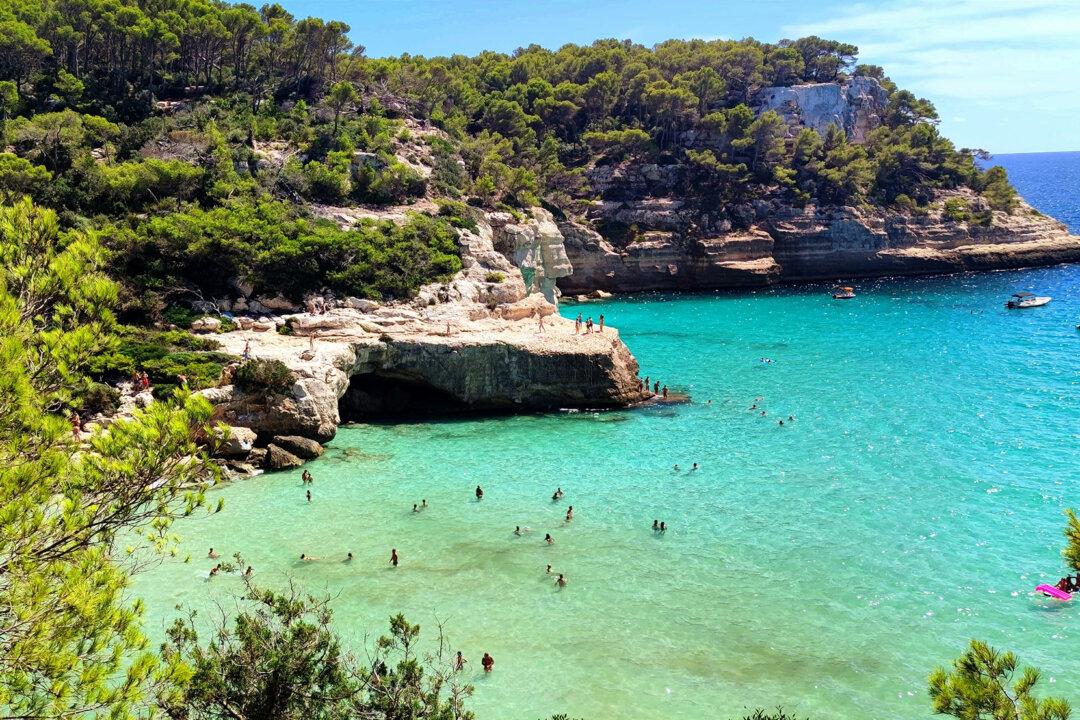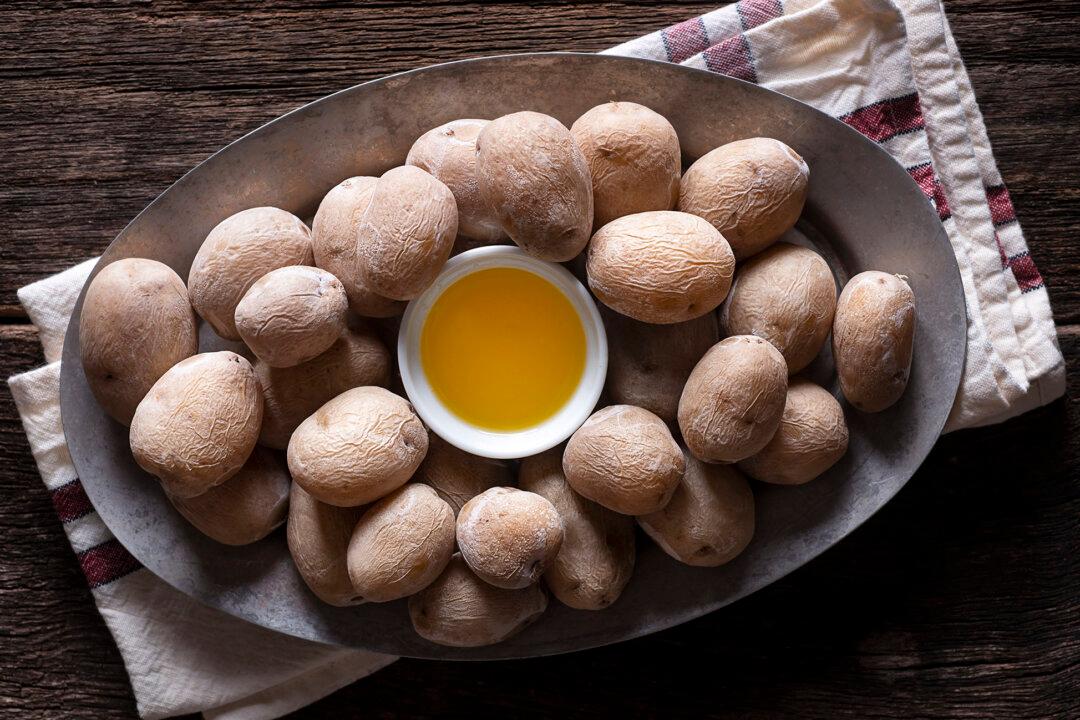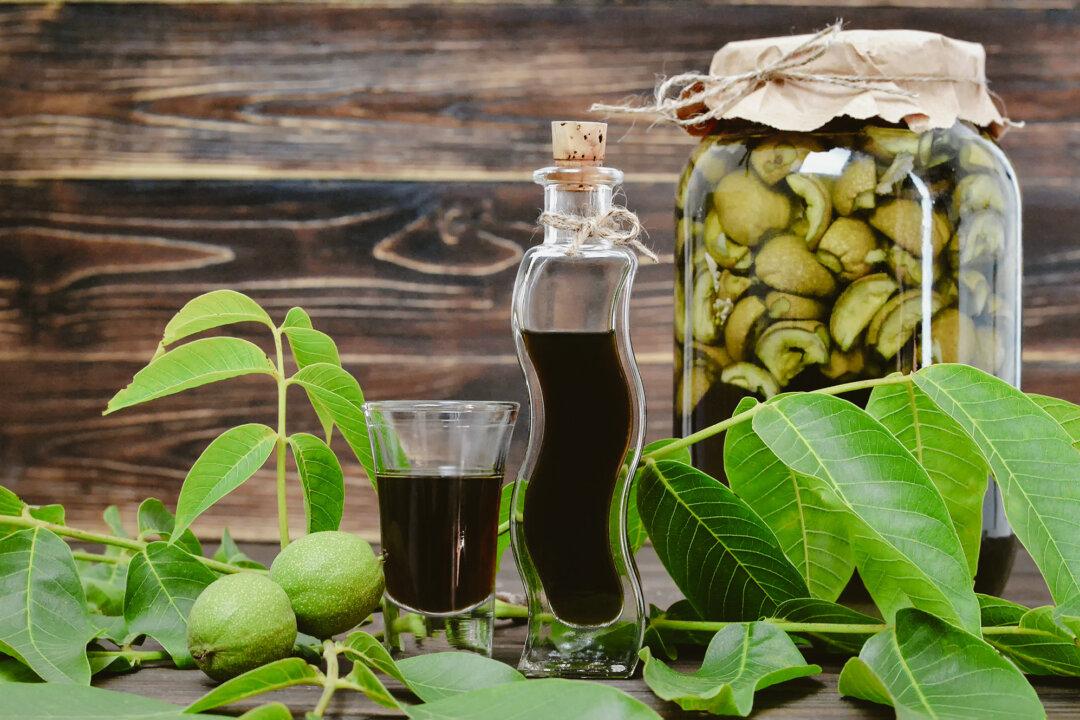Part of the joy of camping is sitting around a campfire and cooking over flames and embers.
While a long stick might work for a marshmallow or a carefully skewered hot dog, other food items, even just a burger, may require a bit more sophistication. But with a little planning, anything is possible. On a canoe-camping trip with no facilities, friends once grilled octopus—served the first night before the ice in the cooler ran out.





